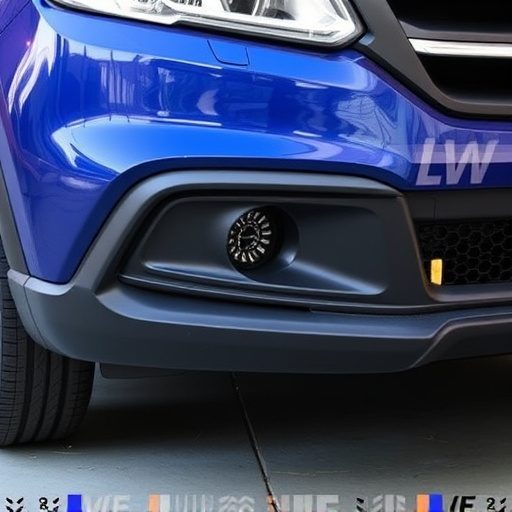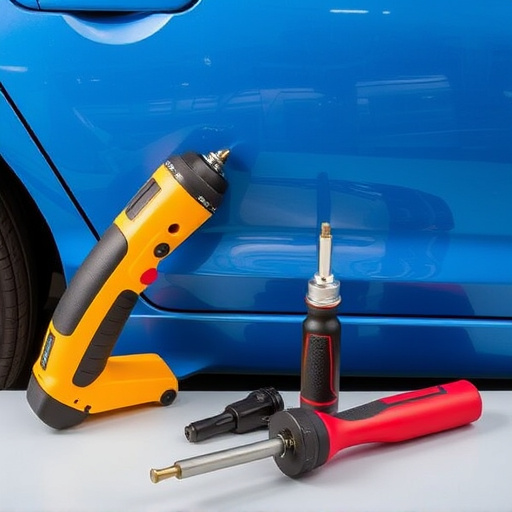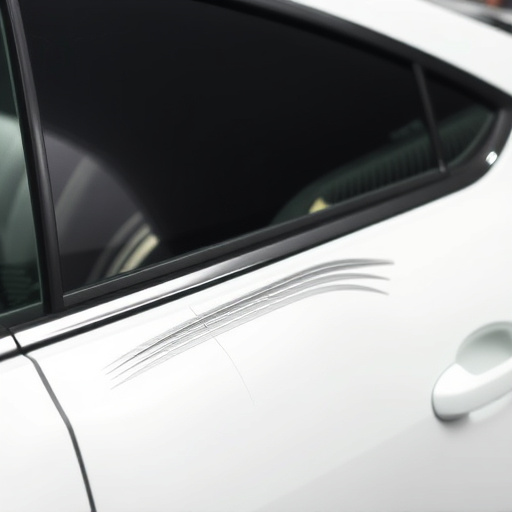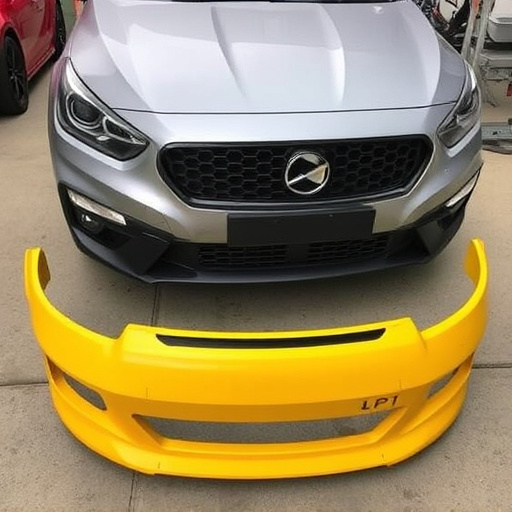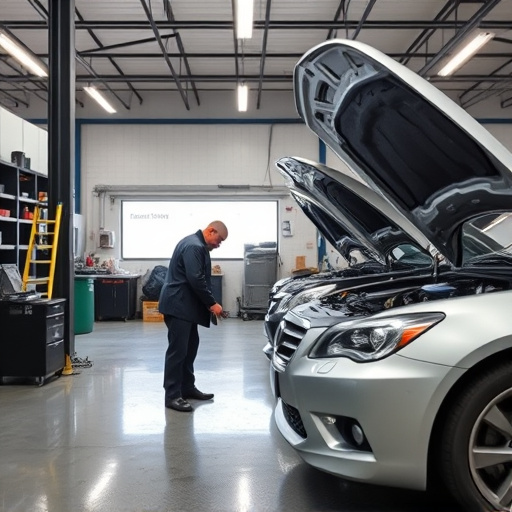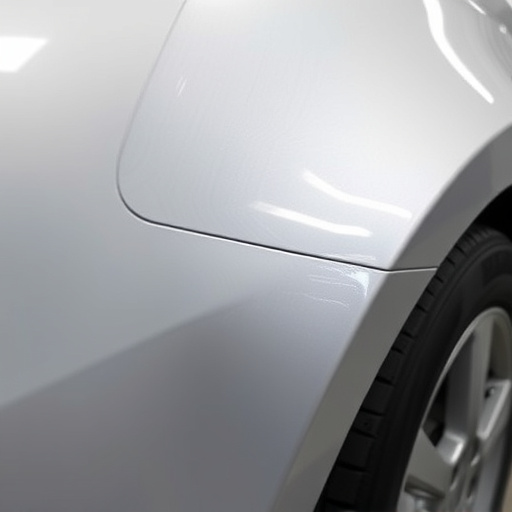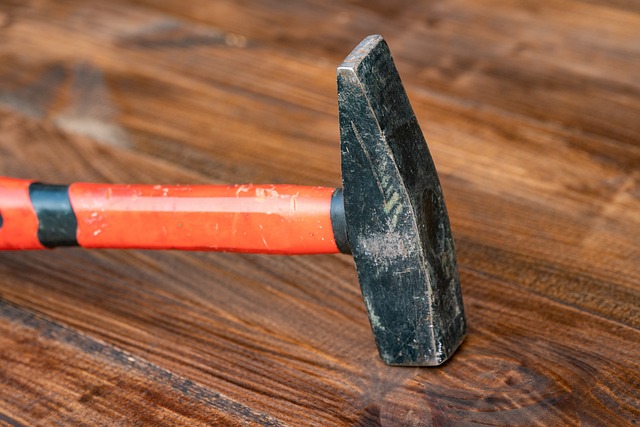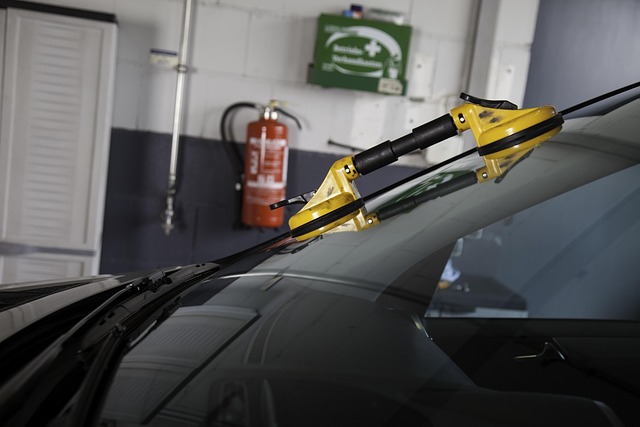Tesla's utilization of carbon fiber in its Model S, X, and Roadster has revolutionized car design, emphasizing performance and aerodynamics. Carbon fiber repair for these models is a specialized process that maintains structural integrity and aesthetic appeal while offering enhanced strength-to-weight ratio. Despite higher costs compared to traditional metal repairs, Tesla owners find the investment valuable for preserving their vehicles' unique designs and advanced materials.
“Experience the precision restored in your Tesla with carbon fiber bodywork. This comprehensive guide delves into the intricate process of Tesla carbon fiber repair for Model S, X, and Roadster vehicles. From understanding the unique benefits of this lightweight material to navigating the step-by-step repair process, we provide an insightful look.
Discover the advantages and potential costs associated with carbon fiber restoration, ensuring your Tesla retains its superior performance and aesthetic appeal. Get ready to explore a game-changing solution for your electric vehicle’s upkeep.”
- Understanding Tesla Carbon Fiber Bodywork
- The Repair Process: Step-by-Step Guide
- Benefits and Cost of Carbon Fiber Restoration
Understanding Tesla Carbon Fiber Bodywork
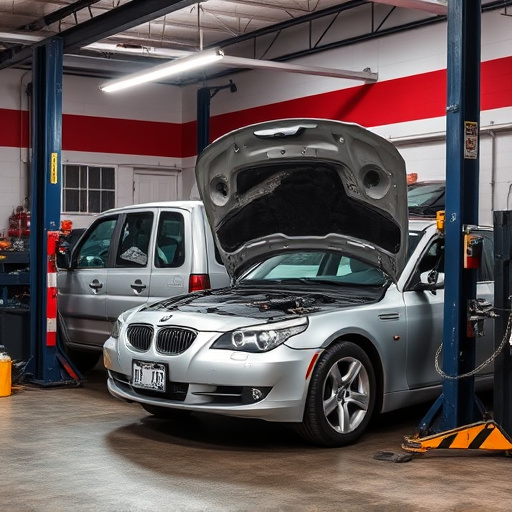
Tesla’s innovative use of carbon fiber in its Model S, X, and Roadster bodies has revolutionized automotive design and construction. This lightweight yet incredibly strong material plays a crucial role in enhancing vehicle performance and aerodynamics. Carbon fiber bodywork offers several advantages over traditional metal or composite materials, making it a unique feature that sets Tesla apart from competitors like Mercedes Benz repair specialists. Its high strength-to-weight ratio reduces overall vehicle weight, leading to improved fuel efficiency and better handling.
The intricate lattice structure of carbon fiber makes it highly resistant to damage, including dents and scratches, which is why it’s so effective in preserving the vehicles’ sleek and modern aesthetic. When a Tesla undergoes a car body repair, especially involving carbon fiber components, it requires specialized skills and equipment. Skilled technicians use precise techniques for Tesla carbon fiber repair to match the original factory finish, ensuring the vehicle retains its structural integrity and stunning visual appeal, much like a meticulously executed vehicle dent repair job.
The Repair Process: Step-by-Step Guide
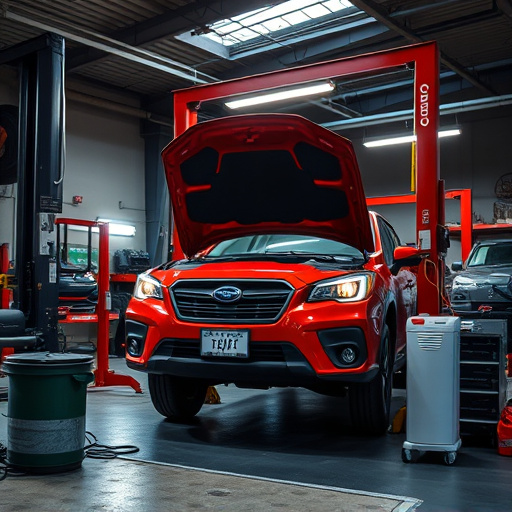
Tesla carbon fiber repair for Model S, X, and Roadster involves a meticulous process that requires both skill and precision. Here’s a step-by-step guide to give you an insight into what goes into this specialized car repair service. Initially, the damaged area is meticulously inspected to assess the extent of the carbon fiber damage. This could range from minor cracks to more severe dents or chips. Once the damage is accurately identified, the surface is carefully cleaned to remove any debris or contaminants that might interfere with the repair.
The actual repair begins with the preparation of the carbon fiber composite. This may involve sanding and shaping the material to match the surrounding, unharmed surface. After the carbon fiber has been meticulously prepared, a suitable resin is applied, following which the repair piece—whether it’s a pre-fabricated panel or a custom-made part—is precisely fitted into place. The final step involves curing the composite under controlled conditions, ensuring a strong and durable bond that seamlessly integrates the repaired area with the rest of the vehicle. This meticulous process ensures not only the aesthetic restoration of your Tesla but also its structural integrity, making it akin to automotive collision repair at its finest.
Benefits and Cost of Carbon Fiber Restoration
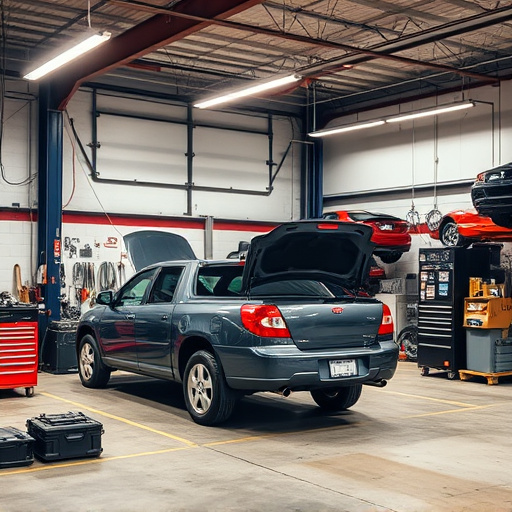
Tesla carbon fiber repair for Model S, X, and Roadster offers a range of benefits that make it an attractive option for owners looking to restore their vehicles’ original sleekness and structural integrity. Carbon fiber is renowned for its exceptional strength-to-weight ratio, making it a preferred material in automotive manufacturing for high-performance models like the Tesla line. Restoring this composite material can extend the life of your vehicle, enhance its aesthetic appeal, and potentially increase its resale value.
While the advantages are significant, it’s important to consider the cost associated with Tesla carbon fiber repair. Compared to traditional metal repairs, composite restoration techniques require specialized skills and equipment, driving up labor expenses. Additionally, the rarity and advanced nature of carbon fiber mean replacement parts can be pricier than conventional automotive repair materials. However, for Tesla owners, the investment is often justified by the desire to preserve their vehicle’s unique design and ensure it remains a standout on the road, showcasing cutting-edge technology and innovative materials.
Tesla’s iconic carbon fiber bodywork is not invincible, but it can be expertly restored through specialized Tesla carbon fiber repair techniques. By understanding the unique material properties and following a meticulous repair process, owners of Model S, X, and Roadster vehicles can ensure their cars retain their striking aesthetics and exceptional performance. This guide has outlined the key steps involved in the repair process, along with the benefits and cost considerations for Tesla carbon fiber restoration. With the right approach, it’s possible to bring damaged panels back to their original condition, preserving the car’s value and its distinctive look.
